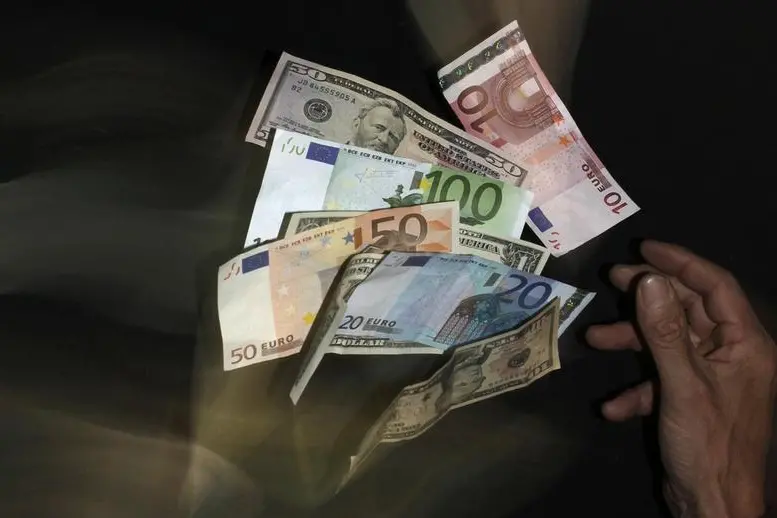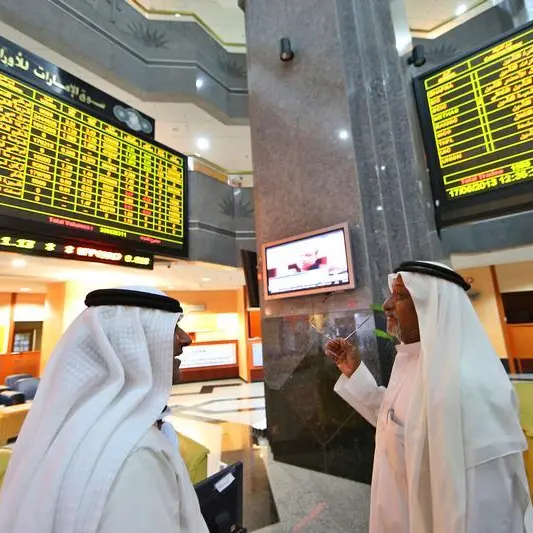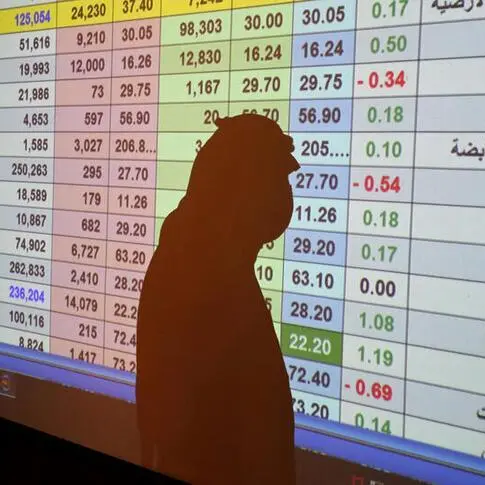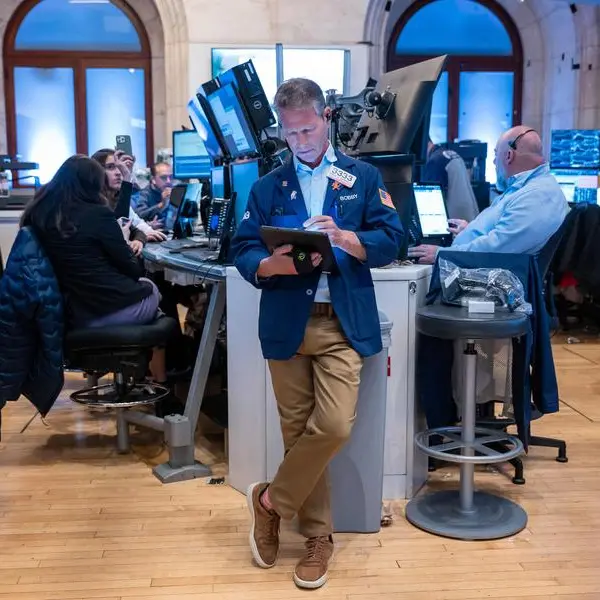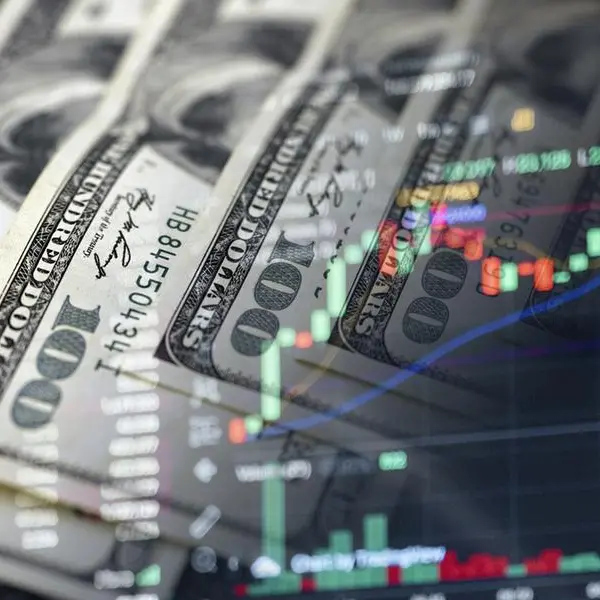PHOTO
* Gulf central banks lift policy rates in line with Fed
* But interbank money rates rise only marginally
* UAE three-month rate actually falls
* Region may be over worst of liquidity squeeze
* Improvement in Saudi to affect whole region
By Andrew Torchia
DUBAI, Dec 15 (Reuters) - Money market rates in the Gulf barely rose on Thursday after the U.S. Federal Reserve tightened policy - a sign that the region's worries over a bank funding squeeze have partly eased because of higher oil prices and international borrowing.
Gulf central banks scrambled to raise their policy rates by a quarter of a percentage point in the hours after the U.S. central bank hiked its federal funds target by that margin on Wednesday and signalled three hikes in 2017, more than expected.
Because of its currency pegs to the dollar, the Gulf region must stay in line with U.S. monetary policy or risk debilitating capital outflows.
But the region's interbank money rates up to one year rose by only around 2 to 4 basis points on Thursday, with Saudi Arabia's three-month interbank offered rate
SASAR3MD=
edging up to 2.049 percent from 2.025 percent.
Qatar saw a similar rise and in the United Arab Emirates, the three-month rate
DXAED3MD=
actually dropped, to 1.334 percent from 1.403 percent, suggesting some banks released funds when the market proved softer than they had expected.
Bankers attributed the calm in Gulf money markets partly to signs that the region may be past the worst of a funding squeeze triggered by low oil prices.
In late 2015 and much of 2016, money rates soared to multi-year highs, alarming banks and threatening to raise corporate borrowing costs, as governments' oil revenues shrank and flows of petrodollars deposited in the banks diminished.
CONFIDENCE IMPROVING
Pressures on the banks remain, but in the last two months the situation has improved in several ways. Brent oil is around $55 a barrel compared to this year's average of about $45.
Meanwhile, Saudi Arabia's government opened a new channel to fund its budget deficit with a mammoth $17.5 billion international bond issue in October. Many bankers expect another foreign issue in the first quarter of 2017, reducing the need for Saudi banks to finance the deficit.
"The liquidity situation has improved - confidence is gradually improving and oil prices are contributing to rates not rising as fast as expected," said John Sfakianakis, director of economic research at Gulf Research Centre in Riyadh.
He said Saudi Arabia's state budget, expected to be released in about 10 days, would help determine money rates' direction by showing Riyadh's spending and borrowing intentions.
Jadwa Investment said central bank steps in recent weeks, such as the introduction of new market tools to inject funds, would prevent the U.S. hike from having much impact on Saudi liquidity.
On Wednesday night, the central bank raised its reverse repurchase rate, at which commercial banks deposit money with it, by 0.25 percentage point. But it kept its repurchase rate, used to lend money to banks, unchanged at 2.00 percent - a signal that it will fight tighter liquidity.
Banks elsewhere in the Gulf have been shipping funds to Saudi Arabia because of rising rates there, so better liquidity in Riyadh could ease pressure in other regional centres.
Monica Malik, chief economist at Abu Dhabi Commercial Bank, said Gulf money rates might keep rising in 2017 because of U.S. hikes and a possible pick-up in credit demand to finance big infrastructure projects in Dubai and Qatar.
But she added: "Upward pressure on market rates could ease to some extent in the Gulf next year. Certainly the better liquidity picture in Saudi Arabia has an impact on the whole region."
(Reporting by Andrew Torchia; Editing by Gareth Jones) ((andrew.torchia@thomsonreuters.com; +9715 6681 7277; Reuters Messaging: andrew.torchia.thomsonreuters.com@reuters.net))
* But interbank money rates rise only marginally
* UAE three-month rate actually falls
* Region may be over worst of liquidity squeeze
* Improvement in Saudi to affect whole region
By Andrew Torchia
DUBAI, Dec 15 (Reuters) - Money market rates in the Gulf barely rose on Thursday after the U.S. Federal Reserve tightened policy - a sign that the region's worries over a bank funding squeeze have partly eased because of higher oil prices and international borrowing.
Gulf central banks scrambled to raise their policy rates by a quarter of a percentage point in the hours after the U.S. central bank hiked its federal funds target by that margin on Wednesday and signalled three hikes in 2017, more than expected.
Because of its currency pegs to the dollar, the Gulf region must stay in line with U.S. monetary policy or risk debilitating capital outflows.
But the region's interbank money rates up to one year rose by only around 2 to 4 basis points on Thursday, with Saudi Arabia's three-month interbank offered rate
Qatar saw a similar rise and in the United Arab Emirates, the three-month rate
Bankers attributed the calm in Gulf money markets partly to signs that the region may be past the worst of a funding squeeze triggered by low oil prices.
In late 2015 and much of 2016, money rates soared to multi-year highs, alarming banks and threatening to raise corporate borrowing costs, as governments' oil revenues shrank and flows of petrodollars deposited in the banks diminished.
CONFIDENCE IMPROVING
Pressures on the banks remain, but in the last two months the situation has improved in several ways. Brent oil is around $55 a barrel compared to this year's average of about $45.
Meanwhile, Saudi Arabia's government opened a new channel to fund its budget deficit with a mammoth $17.5 billion international bond issue in October. Many bankers expect another foreign issue in the first quarter of 2017, reducing the need for Saudi banks to finance the deficit.
"The liquidity situation has improved - confidence is gradually improving and oil prices are contributing to rates not rising as fast as expected," said John Sfakianakis, director of economic research at Gulf Research Centre in Riyadh.
He said Saudi Arabia's state budget, expected to be released in about 10 days, would help determine money rates' direction by showing Riyadh's spending and borrowing intentions.
Jadwa Investment said central bank steps in recent weeks, such as the introduction of new market tools to inject funds, would prevent the U.S. hike from having much impact on Saudi liquidity.
On Wednesday night, the central bank raised its reverse repurchase rate, at which commercial banks deposit money with it, by 0.25 percentage point. But it kept its repurchase rate, used to lend money to banks, unchanged at 2.00 percent - a signal that it will fight tighter liquidity.
Banks elsewhere in the Gulf have been shipping funds to Saudi Arabia because of rising rates there, so better liquidity in Riyadh could ease pressure in other regional centres.
Monica Malik, chief economist at Abu Dhabi Commercial Bank, said Gulf money rates might keep rising in 2017 because of U.S. hikes and a possible pick-up in credit demand to finance big infrastructure projects in Dubai and Qatar.
But she added: "Upward pressure on market rates could ease to some extent in the Gulf next year. Certainly the better liquidity picture in Saudi Arabia has an impact on the whole region."
(Reporting by Andrew Torchia; Editing by Gareth Jones) ((andrew.torchia@thomsonreuters.com; +9715 6681 7277; Reuters Messaging: andrew.torchia.thomsonreuters.com@reuters.net))
